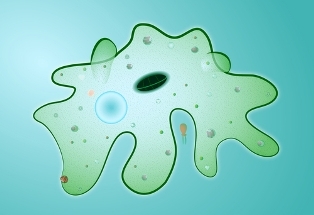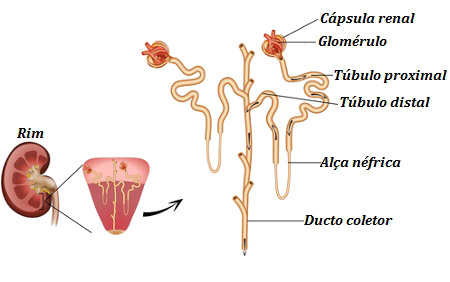When we cut off the head of a animal, he immediately dies, doesn't he? Wrong! At least that's not what happened to the well-known chicken Mike who lived in Colorado (USA) in the 40's.
Chicken Mike had its head cut off by Lloyd Olsen on September 10, 1945, the day chosen for the animal to become food for the farmer and his family. Olsen decided to cut the neck of the bird, however, he wanted to take advantage of much of this region and decided to make the cut at the base of the head. The curious thing is that the animal didn't die and ran off to join the other chickens and hens on the farm.
A day passed and mysteriously the chicken was still alive. That fact surprised the owner of the farm, who decided to feed the animal, instead of killing it, as he considered it a "miracle". For the feeding to be done, the farmer began using an eyedropper to put food and liquid directly into the bird's esophagus.
Curious about the fact, Olsen decided to take the chicken to be studied at the University of Utah. The explanation given by the researchers was that the cut on the chicken's head was done in a way that the brain stem – part of the nervous system – was not affected and therefore he did not die. Also, the cut didn't even break the jugular.
The chicken then started to live without its head, no longer being able to see and eat without help, only one ear was preserved. Olsen then realized that he had a real money-making machine in his hands and knew how to take advantage of this situation. The farmer started charging for the animal to be seen and there was no lack of public, since several people wanted to confirm the bizarre story. To see the animal, Olsen charged 25 cents.
The headless chicken died in 1947, about 18 months after its head was cut off, from suffocation with corn kernels. Mike is part of the Guinness Book, “the book of records”, as the chicken that lived the longest without a head.
* Image Credit: Wikimedia Commons
By Ma. Vanessa dos Santos


